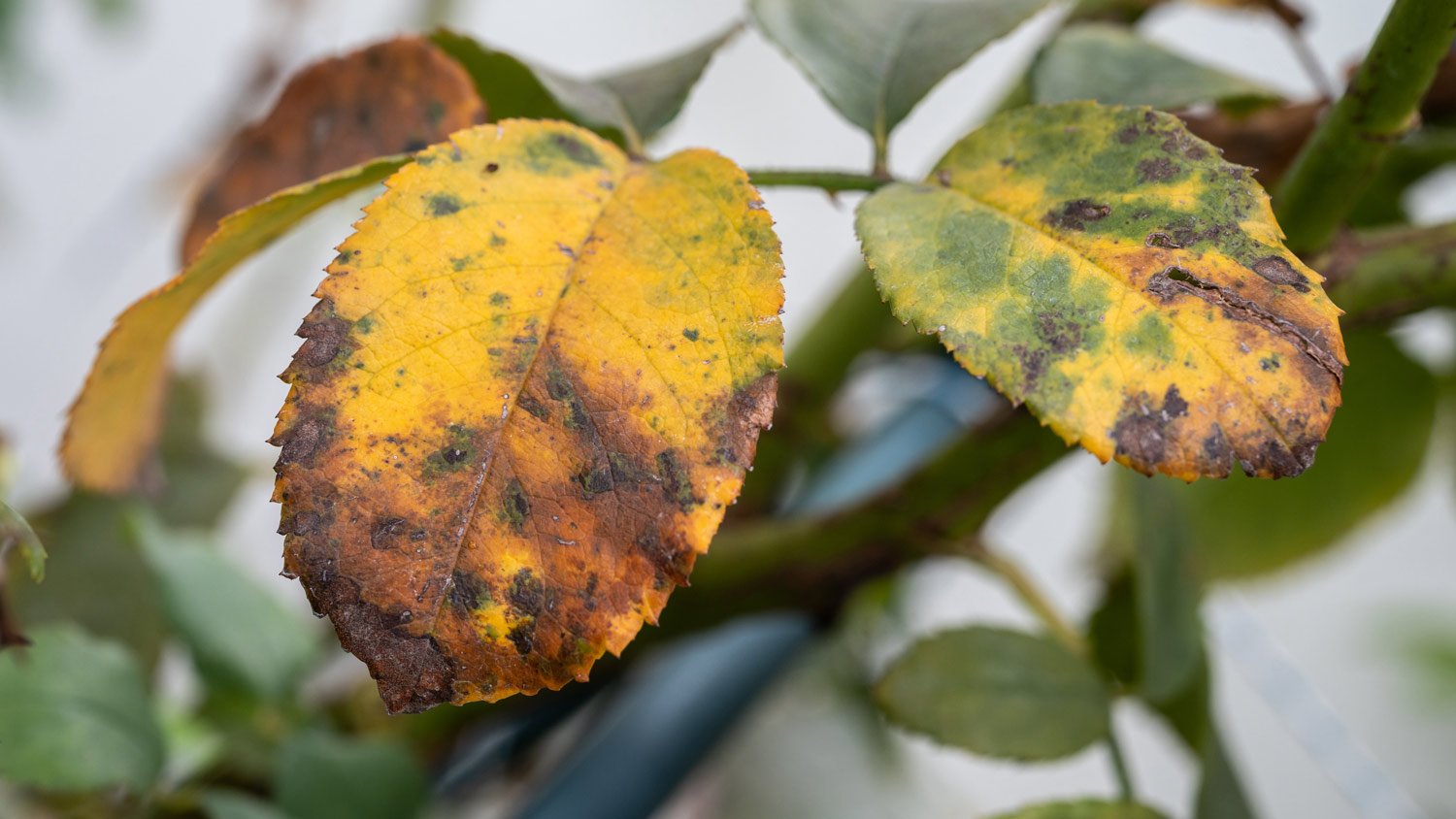
Discover what the current average tree removal cost is based on different factors to know how much it will cost to take care of a dead or troublesome tree on your property.
The best way to put out this fire is to prevent it in the first place


Fire blight disease carries bacteria that affects mostly apple and pear trees.
It begins as cankers on the trunk and spreads to branches, shoots, and blooms.
Young trees can die from fire blight disease, while more mature trees can live with it for several years.
The best way to prevent fire blight disease is to plant tree varieties that are resistant to the disease.
You can treat fire blight disease by pruning affected areas and applying a copper-based protective spray.
Fruit trees are a luxury when they’re healthy, but when diseases like fire blight take flight, your precious trees can be at risk of dying or spreading the sickness like—pardon our pun—wildfire. Since it’s a detrimental disease, our guide helps break down how fire blight can grow on your trees and what to do to prevent it from forming.
Fire blight is a bacterial disease that impacts a variety of apple and pear trees. This particular plant disease gets its name because it leaves behind wilted and brown blossoms, shoots, and branches, almost like they’ve been burned by a fire. Fire blight thrives in warm, wet conditions and often spreads through insects, rain, and contaminated tools. Young trees affected by fire blight can die in a single season, whereas more mature trees can survive several seasons of fire blight.

Caused by the bacterium Erwinia amylovora, fire blight first presents as cankers on the trunk, main branches, or mummified fruit. Once it appears, it’s hard to stop this pesky disease because it can multiply rapidly. Other common signs of fire blight include:
Curling shoots
Blackening shoots
Dark water spots on blossoms or leaves
Oozing cankers on the trunk
If it’s too little too late and fire blight has already taken hold of your fruit trees, there are some steps you can take to try and nip it in the bud and keep it from coming back. If you’re uncomfortable taking these tasks on yourself, consider contacting your local tree maintenance professional to help.
First, you need to cut out any infected branches about 8 to 12 inches below the visible symptoms. Between cuts, remember to disinfect your pruning tools with a solution of 10% bleach or rubbing alcohol to prevent the bacteria from spreading.
The healthier your trees, the less likely they are to be overtaken by fire blight disease. You can improve your trees’ health by applying a balanced fertilizer regularly. Just be sure to steer clear of fertilizers with excessive nitrogen, which can make trees more susceptible to fire blight disease.
Fire blight thrives in warm, wet conditions, so you should prevent overwatering and water at the base of the tree to ensure proper drainage.
The best way to prevent fire blight disease is to plant resistant varieties of apple and pear trees. Some varieties are extremely resistant, while others are more susceptible to the bacteria fire blight carries. Below we’ve laid out which varieties to look for when planting an apple or pear tree to help prevent fire blight from developing.
Other effective prevention methods include pruning in late winter or early spring when conditions are dry and disinfecting pruning tools between cuts. Copper-based protective sprays can also help keep fire blight at bay when pruning trees.
| Most Susceptible Apple | Moderately Susceptible Apple | Most Resistant Apple |
|---|---|---|
| Beacon | Dutchess | Jonafree |
| Cortland | Empire | Melrose |
| Fuji | Golden Delicious | Northwestern Greening |
| Gala | Haralson | Nova Easygro |
| Granny Smith | Jonagold | Prima |
| Idared | Jonamac | Priscilla |
| Jonathan | Jerseymac | Quinte |
| Lodi | Liberty | Red Delicious |
| Monroe | McIntosh | Red Free |
| Mutsu | Minjon | Sir Prize |
| Paulared | Northern Spy | Pristine |
| Rome Beauty | Novamac | Liberty |
| Wayne | Spartan | Goldrush |
| Wealthy | Honeycrisp | Enterprize |
| Yellow Transparent | Braeburn | Sundance |
| Ginger gold | Winsap | Williams Pride |
| Most Susceptible Pear | Moderately Susceptible Pear | Most Resistant Pear |
|---|---|---|
| Aurora | Maxine | Kieffer |
| Bartlett | Seckel | Magness |
| Bosc | Beurre D’Anjou | Moonglow |
| Clapp’s Favorite | Harrow Delight | |
| Red Bartlett | Honeysweet | |
| Reimer Red | Blake’s Pride | |
| Starkrimson |
From average costs to expert advice, get all the answers you need to get your job done.

Discover what the current average tree removal cost is based on different factors to know how much it will cost to take care of a dead or troublesome tree on your property.

The cost of tree stump removal depends on size, removal method, location, and more. Our guide will show you how much stump removal costs.
Get transparent shrub removal cost info. Learn average prices, key cost factors, and tips to save on your next shrub removal project.

Cabling and bracing trees may help to increase longevity and prevent limbs from falling when trees are showing certain signs of distress.

Are tree roots uprooting your landscaping plans? Here are five ways to kill tree roots without damaging the rest of your lawn.

Renting a stump grinder is one way to remove stumps in your yard. Find out the average stump grinder rental cost, additional expenses, and more.